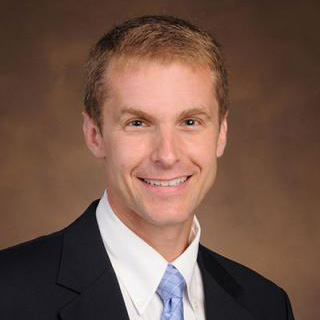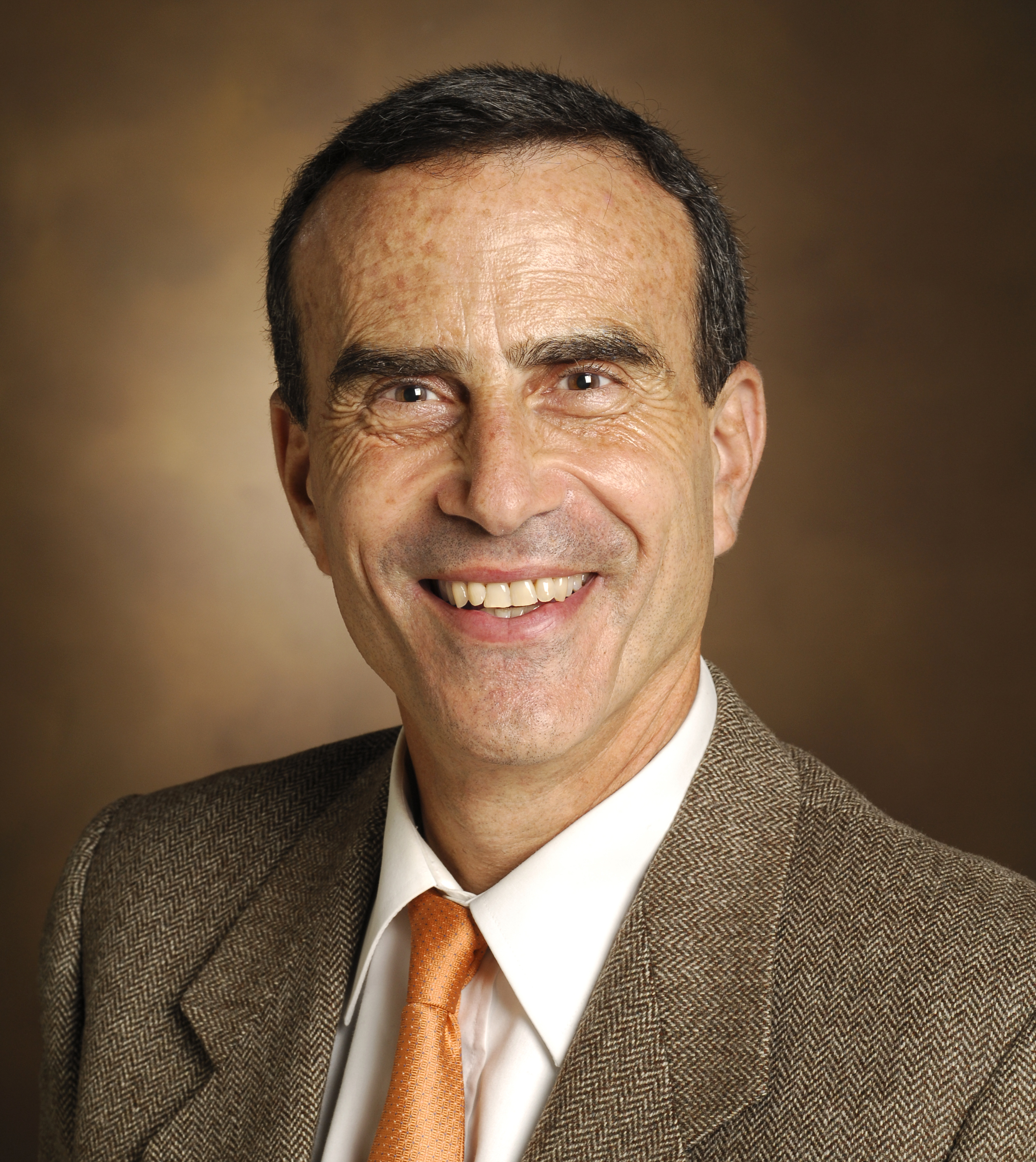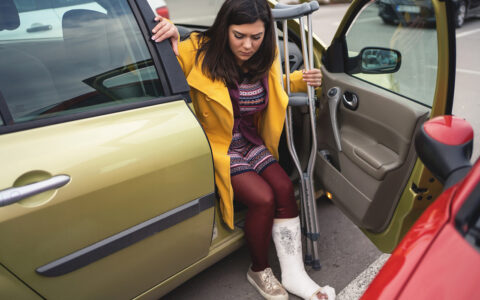Despite past false starts in surgical simulation, today’s virtual reality (VR) technology is at the “inflection point” to fundamentally change how physicians train for the operating room, says Jonathan Schoenecker, M.D., associate professor in orthopaedic surgery, rehabilitation and pediatrics at Vanderbilt University Medical Center.
“VR taps into the brain’s ability to process pictures so much faster and more effectively than words,” Schoenecker said. “There is already widespread recognition across surgical fields that this will transform how residents train.”
Last year, Schoenecker began working with the Pediatric Orthopaedic Society of North America on a pilot VR surgical environment. The group adapted Schoenecker’s surgery for a common hip condition, slipped capital femoral epiphysis (SCFE), into a pioneering VR training module. Schoenecker has also partnered with the VR platform maker, OSSO VR, to begin offering the simulator to Vanderbilt orthopaedics residents.
“It’s cost efficient, it’s scalable and it will certainly help improve the delivery of healthcare.”
While the results are early, they are enough to rattle skeptics, says Herbert Schwartz, M.D., past Chair of Orthopaedic Surgery and Rehabilitation at Vanderbilt. “What we’re seeing piloted here is exceptional and exceeds any prior simulators. There are a million reasons why this will be good. It’s cost efficient, it’s scalable and it will certainly help improve the delivery of healthcare.”
Solving the Shortfall of Deliberate Practice
One reason that VR-based training holds such promise across surgical specialties is the shortfall in real, deliberate hours available on patient cases.
“A fundamental aspect of all surgical training—although perhaps orthopaedics stands out in this respect—is pattern recognition and deliberate practice,” Schoenecker said. “A five-year orthopaedics residency equates to about 10,000 hours of operating room experience—not by chance the amount of time it takes to master the muscle memory for any skill. But currently, the cases that make up that 10,000 hours of training are left to chance. That means the resident’s training is defined by the fortune of having the right mix of cases during their rotation.”
At Vanderbilt, orthopaedic residents are seizing the new opportunity to train at any time, checking in at off hours to practice Schoenecker’s SCFE module on a souped-up laptop with VR goggles and haptic handsets. They compete in half-joking standoffs to ace the procedure. They seem relaxed enough wearing jeans and loafers instead of scrubs.
Nonetheless, the value of the simulation is immediate and significant, says resident J.P. Wanner, M.D. “Over the course of my training, I’ve been able to do two real SCFEs—on the low end for that procedure, simply because few occurred while I was on pediatric rotation. The VR lets you practice from the surgeon’s perspective, as many times as it takes to master the procedure. It also gives an objective measure of improvement. Having an objective score will appeal to surgeons who are competitive by nature.”
Video: Jonathan Schoenecker and Vanderbilt residents on the VR SCFE training.
Fine-tuning the “Realness” of VR
Schoenecker says many simulators overshoot for absolute realism over mastery of technique. More effective are those systems, like OSSO VR, that focus on the key steps of procedure and technical skill development instead of trying to mimic reality in a way that Schoenecker and residents found “uncanny” and distracting.
“There’s an aspect of human memory that is so ingrained in senses. Ultimately, you need time in the actual operating room to work confidently and effectively in that environment,” Schoenecker said. “The greatest strength of VR training is not that. It’s the capacity to isolate physical mastery of the procedural steps.”
“Watching our residents train on this system, the value is in learning what and where all the equipment is, how to position the C-arm, understanding the goal of each step of the operation, etc. That’s more important than trying to make a virtual instrument that perfectly emulates the feel.”
A Key Role for AMCs
“We all benefit from the advance of this technology, but the motivations differ.”
Schoenecker and Schwartz see a key role for academic medical centers (AMCs) in steering this technology’s development. That will require devoting resources internally, and it will mean choosing the right kinds of industry partnerships amid the frenzy of medical VR investment.
“VR offers the opportunity to learn more, teach more and once again expand our knowledge set to benefit people,” Schwartz said. “Those stakes are high enough for centers like Vanderbilt to get involved to guide the direction of the technology.”
“We all benefit from the advance of this technology, but the motivations differ,” said Schoenecker. “Our interest is in advancing the quality of training and patient care. We are so case-based here, and our residency setup is so good that our fellows have strong opportunities for deliberate practice. Our vision is that these VR modules will supplement our training program, allowing residents to fill in gaps or focus on a specific procedure. However, in other places, including in third-world countries, these systems could be the heart of their training programs. That’s an amazing idea.”





